- How much did the external fuel tank’s paint weigh?
- What is a guess that is too low?
- What is a guess that is too high?
- What is your best guess?
- What information will we need to know?
- What assumptions will we have to make?
- The answer to this question was much larger than I had expected… approximately 600 lb!
- This is very much a real-life problem that engineers also had to think about.
- There is a lot of information that I don’t have access to (such as the exact weight of a square unit of dried paint, how many coats of paint were applied, etc.) and so I had to make more assumptions than I prefer. However, I have clearly noted these assumptions for you.
Going into this problem, I would emphasize for students that much of the work that NASA does has no precedent. They cannot look for solutions to their problems on the Internet as we often take for granted. Much of the information astronauts and engineers need is unknown and they have to discover it themselves. With this in mind, students will need the following information to complete this task:
- Dimensions of the external fuel tank (provided)
- Type of paint used on external fuel tank (provided)
- Surface area that paint covers (assumed)
- Weight of dried paint after water has evaporated (assumed)
- Number of paint coats applied (assumed)
I chose to begin by determining the external fuel tank’s approximate surface area. The picture below is a view of external fuel tank as is freefalls back to Earth before breaking up and falling into the ocean. It is useful in determining its shape and how you will approximate its surface area.
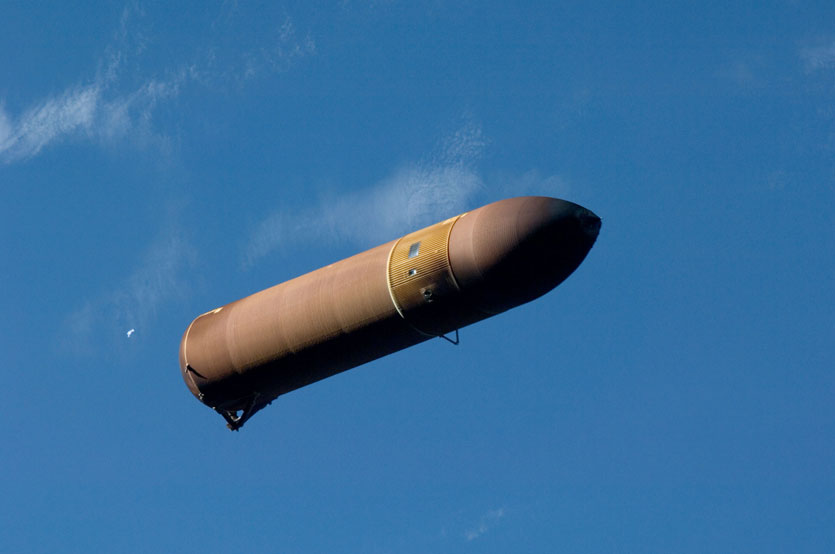
There are many ways to approximate this that vary in accuracy and difficulty. Here are several methods I explored:
- A cylinder
- A cylinder with a cone at the end
- A cylinder with a semi-sphere at the end
The cylinder is the easiest formula but it is an overestimate as the actual fuel tank has less surface area.
For the cylinder with the cone at the end, I estimated that the external fuel tank’s length was 4/5 cylinder and 1/5 cone. FYI, if students choose to estimate the surface area by using the cylinder with a cone at the end they will need to use the Pythagorean Theorem to determine the slant height (which is approximately 33.71 feet using the radius and 1/5 of the height as triangle legs).
The cylinder with a semi-sphere at the end is also more complicated than the cylinder but does not require the slant height.
The dimensions shown in the picture below list the external fuel tank’s height at 153.8 feet with a diameter of 27.6 feet (radius of 13.8 feet).
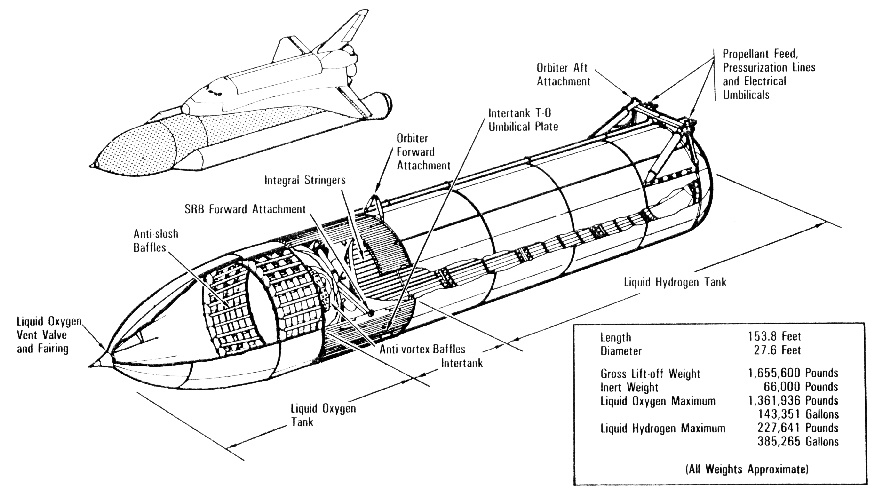
Using that information, here are my calculations for its surface area with all linear measurements in feet:
Option 1 – Cylinder
top of cylinder + bottom of cylinder + sides of cylinder
(pi * r^2) + (pi * r^2) + (2 * pi * r *h)
(pi * 13.8^2) + (pi * 13.8^2) + (2 * pi * 13.8 * 153.8)
14532 square feet
Option 2 – Cylinder with a cone at the end
bottom of cylinder + sides of cylinder at 4/5 tank height + cone at 1/5 tank height (without its base and with a slant height of 33.71)
(pi * r^2) + (2 * pi * r * (.8 * h)) + (pi * r * s)
(pi * 13.8^2) + (2 * pi *13.8 * (.8 * 153.8)) + (pi * 13.8 * 33.71)
12728.3 square feet
Option 3 – Cylinder with a semi-sphere at the end
bottom of cylinder + sides of cylinder at 4/5 tank height + semi-sphere
(pi * r^2) + (2 * pi * r * (.8 * h)) + (2 * pi * r^2)
(pi * 13.8^2) + (2 * pi * 13.8 * (.8 * 153.8)) + (2 * pi * 13.8^2)
12463.41 square feet
Based on these three answers, it seems reasonable that the external fuel tank’s surface area is somewhere between 12,500 and 14,500 square feet. With this information, it is time to learn more about the paint. NASA provides us with some useful information from a press release (the full press release is in the “Download files” link). It states:
“The tank has gone through major changes since it was designed in the early 1980s. The most apparent is the color. After the initial two Shuttle flights, NASA determined 600 pounds could be shaved from the tank’s launch weight by no longer coating the tank in white latex paint. Instead, the orange spray-on foam used to insulate the super cold propellants is left bare.”
This confirms the 600 lb answer and also states that “white latex paint” was used. Unfortunately I was unable to find any other details about the specific paint used.
This is where I had to make big assumptions. I assumed that the type of “white latex paint” used is the same paint you find at your local hardware store. The image below comes from Home Depot’s website and states that a gallon of white latex paint covers 300 square feet.

If this paint was used, one coat of paint would require about 42 to 49 gallons of paint to cover 12,500 to 14,500 square feet. From what I could find online, a gallon of paint weighs about 10 lb and the “Paint information” article linked below states that a “a top quality latex paint might have 30 to 40% solids.” The higher the percentage of solids, the thicker the paint and the higher the quality. I decided to assume the paint was a higher quality paint. Accordingly, each gallon of paint would weigh 4 lbs when dry as the remaining 60% portion that is liquid would have evaporated.
So, 42 to 49 gallons of paint at 4 lb per gallon would weigh only 168 to 196 lb. This was disappointingly lower than the actual answer. Then I realized that it is reasonable that a second coat would have been applied. Two coats of paint would have used 84 to 98 gallons and weighed between 336 and 392 lb. That is still lower than I had expected.
At this point in the lesson, you can have a discussion as to why the answers students came up with were different than the actual answer. This is a valuable lesson as this happens a lot in life and it is often necessary to figure out whether it was a mathematical error, an incorrect assumption, or something else.
Revisiting my assumptions:
- the amount of area a gallon of paint covers may be lower as the “orange spray-on foam” may absorb more paint than other surfaces
- the dried paint’s weight may be higher as NASA may have used a special insulating paint that weighs more
- perhaps more than two coats of paint were applied
Students could experiment with changing different values to find ways to get to the desired answer.
It is also certainly tempting to make everything pretty and alter some of the information so that the calculations come out as you would have hoped. However, I think there is value to discussing why things didn’t go as expected.
What do you think?
- Shuttle from first two missions with external fuel tank painted white
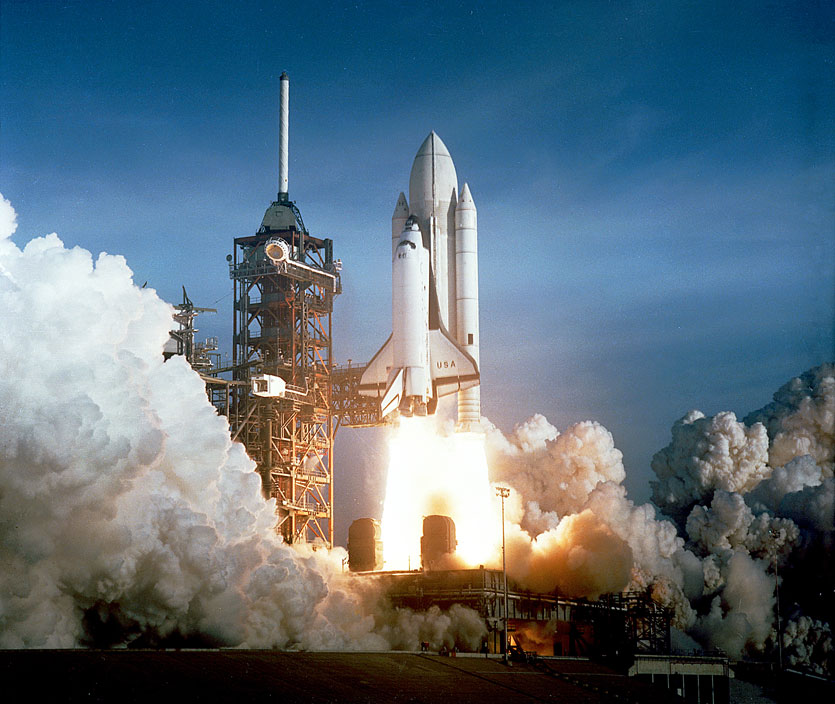
- Shuttle from remaining missions with external fuel tank unpainted and left rust colored
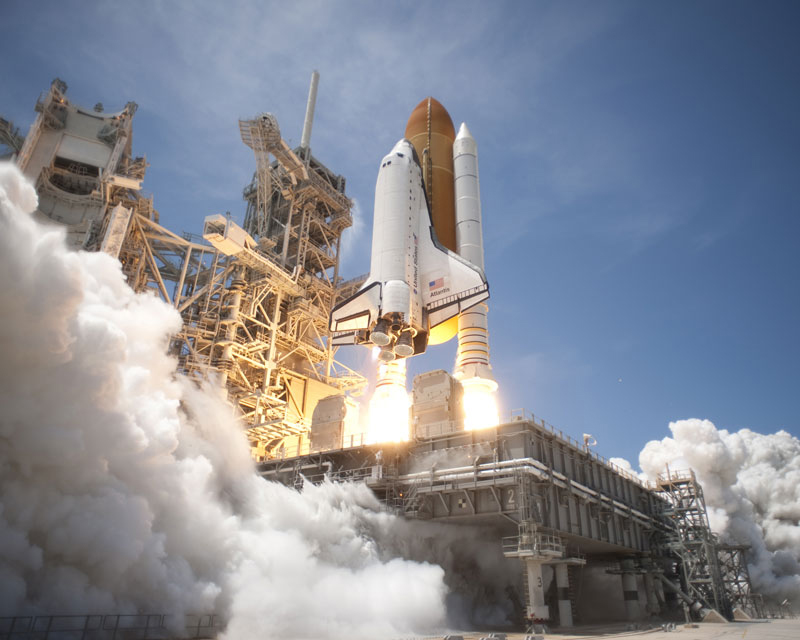
- CCSS 6.G.4 Represent three-dimensional figures using nets made up of rectangles and triangles, and use the nets to find the surface area of these figures. Apply these techniques in the context of solving real-world and mathematical problems.
- CCSS 7.G.6 Solve real-world and mathematical problems involving area, volume and surface area of two- and three-dimensional objects composed of triangles, quadrilaterals, polygons, cubes, and right prisms.
- CCSS 8.G.7 Apply the Pythagorean Theorem to determine unknown side lengths in right triangles in real-world and mathematical problems in two and three dimensions.
- CCSS G-MG.1 Use geometric shapes, their measures, and their properties to describe objects (e.g., modeling a tree trunk or a human torso as a cylinder).
- CCSS G-MG.3 Apply geometric methods to solve design problems (e.g., designing an object or structure to satisfy physical constraints or minimize cost; working with typographic grid systems based on ratios).

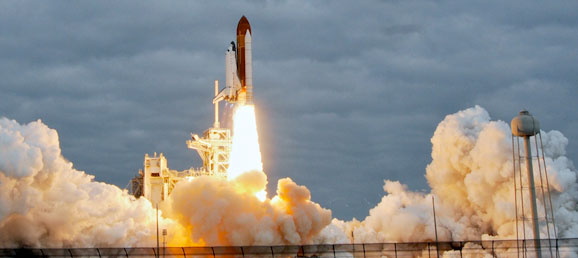

Hi there!
I made a visual worksheet that guides through this activity. Link here: https://docs.google.com/document/d/1keWrSLVqxGFpc2m_jRWzxBPmQQcAgAQRWWSYFxrbHUI/edit?usp=sharing
Also, I found some paint that has an additive that may have been used by NASA. It is a little bit heavier dry, assuming that the dried paint is like 45% of the weight of the wet paint per gallon.
Thermal Coating Paint: http://www.king-cart.com/cgi-bin/cart.cgi?store=HyTech&product=Specialty+Coatings&cart_id=24652.16137&user-id=&password=&exchange=&exact_match=exact
It is also recommended that you do a coat of primer before doing the two coats of thermal paint.
Product page: http://www.king-cart.com/cgi-bin/cart.cgi?store=HyTech&product=Primers+Sealers&cart_id=24652.16137&user-id=&password=&exchange=&exact_match=exact
THANKS!
Thanks so much for sharing this!